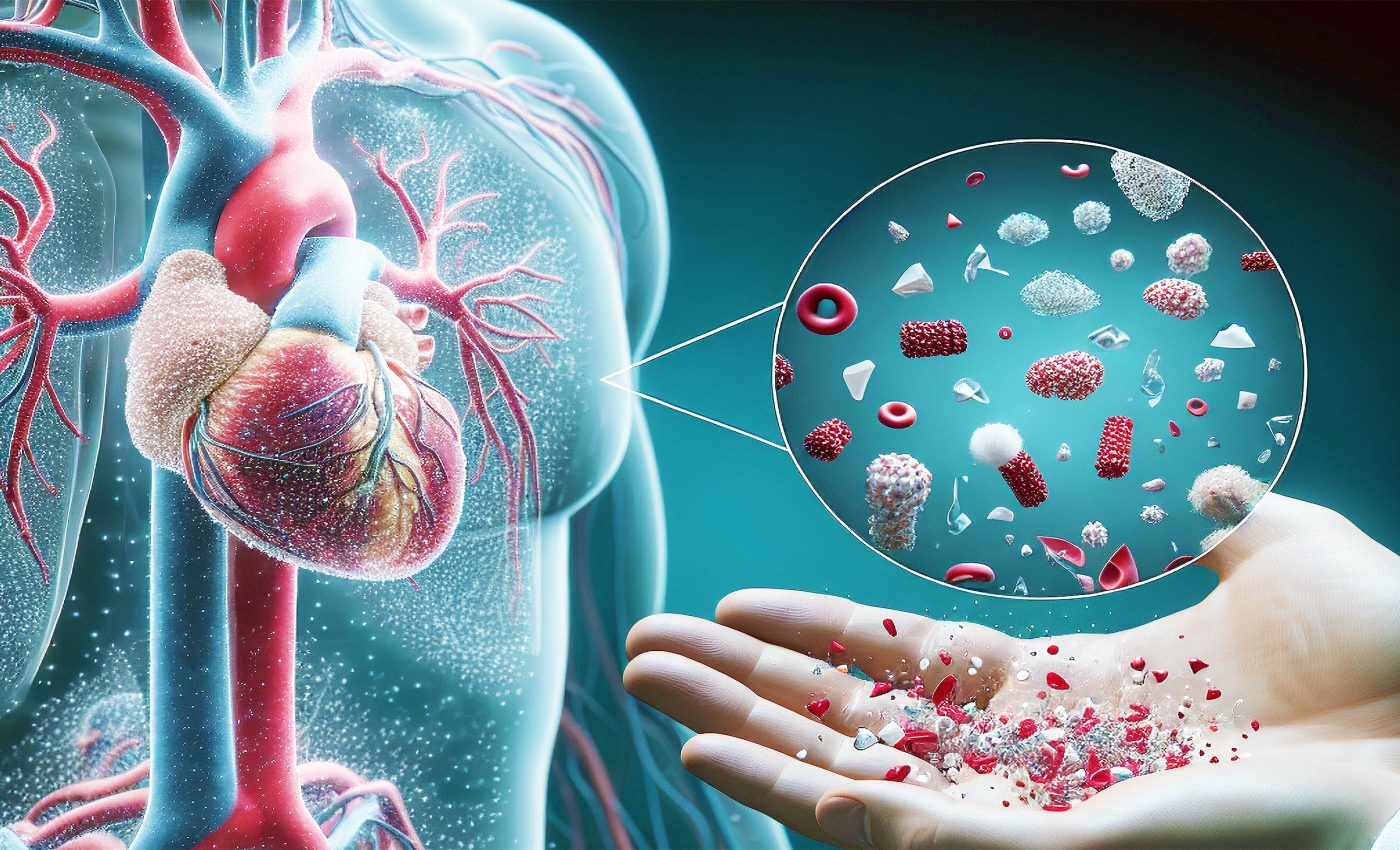
Microplastic pollution is everywhere, even in newborns, and it's getting worse
We are surrounded by a world that is increasingly plastic. It’s in our homes, cars, offices, and even our food. The recent discovery that microplastic pollution has infiltrated the life of even newborn creatures strikes a chord of concern.
These remnants of our plastic usage, tiny bits smaller than a grain of sand, have made their way into every nook and cranny of our ecosystem, and of our bodies.
This was the critical point of a recent study published in Science of the Total Environment, led by a team from Rutgers Health.
What are micro- and nanoplastics?
These invisible bad guys that we’re talking about are known as micro- and nanoplastic particles (MNPs).
Microplastics are fragments smaller than 5 millimeters, about the size of a sesame seed or smaller. Nanoplastics, even tinier, measure less than 1 micrometer — much smaller than the width of a human hair.
Ever wondered where they come from?
These plastics originate from larger plastic items breaking down over time or are intentionally manufactured in small sizes for use in products like cosmetics and cleaning supplies.
Once released, micro- and nanoplastics can make their way into oceans, rivers, and even the air we breathe.
Marine animals often mistake them for food, which can harm their health and introduce plastics into the food chain.
Since these plastics are so small, they’re challenging to remove and can persist in the environment for centuries.
But, How do they get into our bodies? The answer is simple: inhalation, absorption and through our diet.
Microplastic pollution entering newborns
It’s common knowledge that these pollutants can cross the sanctuary of the womb and settle down in fetal tissues. However, the big question has always been whether these particles stick around post-birth.
The Rutgers Health team, in their study, have found that they indeed do, at least in the case of rats. This discovery could potentially have significant implications for human health.
“Nobody wants plastic in their liver,” said Phoebe A. Stapleton, an associate professor of pharmacology and toxicology at the Rutgers Ernest Mario School of Pharmacy, and the study’s senior author.
“Now that we know it’s there — as well as in other organs — the next step is to understand why and what that means.”
Proof in the offspring
To evaluate the persistence of MNPs after birth, Stapleton and her team exposed six pregnant rats to aerosolized food-grade plastic powder for ten days.
The chosen subjects were rodents, as they, like humans, have a hemochorial placenta, meaning no direct blood contact between mother and fetus during circulation.
Two weeks post-birth, two baby rats were tested for MNP exposure, and the results were enlightening: the same type of plastic that their mothers inhaled was found in these infant rodents’ lungs, liver, and even brain tissue.
Growing concerns over microplastic pollution
These findings provide another piece to the puzzle on the potential hazards posed by micro- and nanoplastics.
Ever seen plastic in your food, or in farmland, seawater, or snow? Such omnipresent particles might lead to health issues like cancer, inflammation, and tissue degeneration.
Stapleton hopes that the results will propel a sense of urgency among decision-makers for more research funding.
“Without answers, we can’t have a policy change,” she said. With increased understanding, regulators can better protect public health and perhaps introduce more stringent regulations on plastic usage.
Complex consequences
“These results raise concerns for the toxicological impacts associated with MNPs exposure, maternal-fetal health, and systemic MNPs particle deposition,” the researchers wrote.
The presence of micro- and nanoplastics has not escaped the oceans’ depths, where marine life is unwittingly affected by these pervasive particles.
As these plastics break down into smaller fragments, they are ingested by a wide range of aquatic organisms, from plankton to larger fish.
This ingestion can lead to physical blockages, starvation, and even the absorption of toxic chemicals associated with the plastics themselves.
The research increasingly suggests that micro- and nanoplastics can disrupt the reproductive systems of marine species and contribute to systemic toxicity, paving the way for alterations in entire ecosystems.
Addressing this global issue demands urgent attention to both reduce plastic pollution and mitigate its harmful impacts on biodiversity.
Future of microplastic pollution
“Eventually, the persistence of these materials in human tissue could lead to greater regulation,” Stapleton said.
“While plastics have undoubtedly improved consumer products, too little is known about their long-term health impacts. As researchers fill knowledge gaps, regulators will be better equipped to protect public health,” she added.
“I don’t think we’ll ever get rid of plastics altogether,” Stapleton remarked. “They’re too important for modern life. But I do think we might get to a point where we’ll have some policies to indicate which ones are less toxic than others.”
To sum it all up, while plastics have undoubtedly made our lives easier, it’s high time we weigh the conveniences against the long-term health implications due to its pollution.
The study is published in the journal Science of The Total Environment.
—–
Like what you read? Subscribe to our newsletter for engaging articles, exclusive content, and the latest updates.
Check us out on EarthSnap, a free app brought to you by Eric Ralls and Earth.com.
—–













